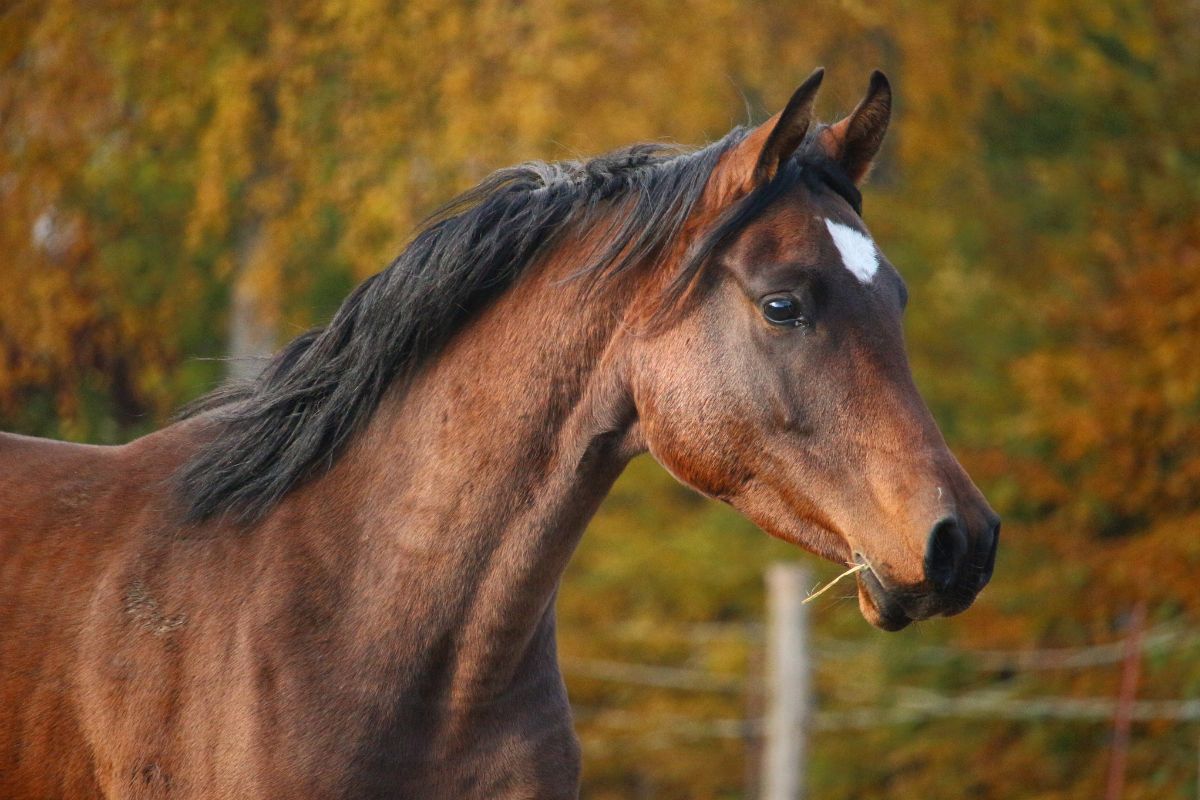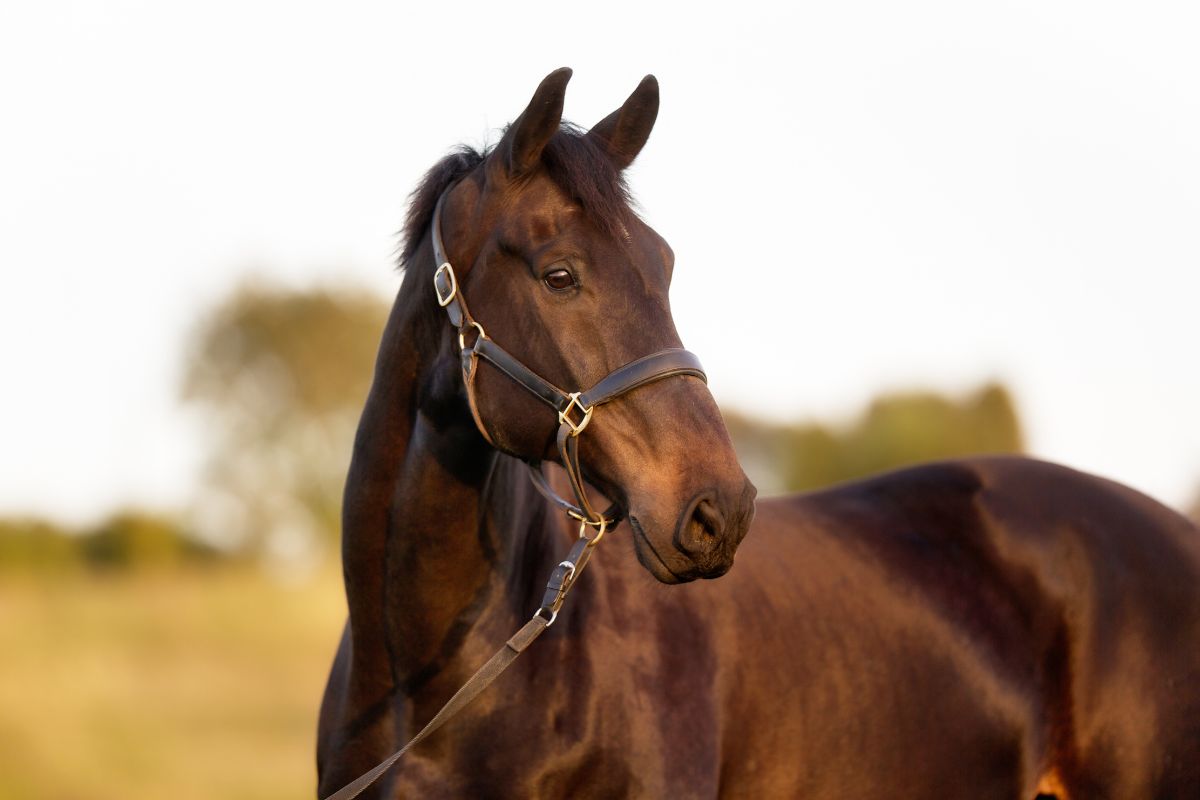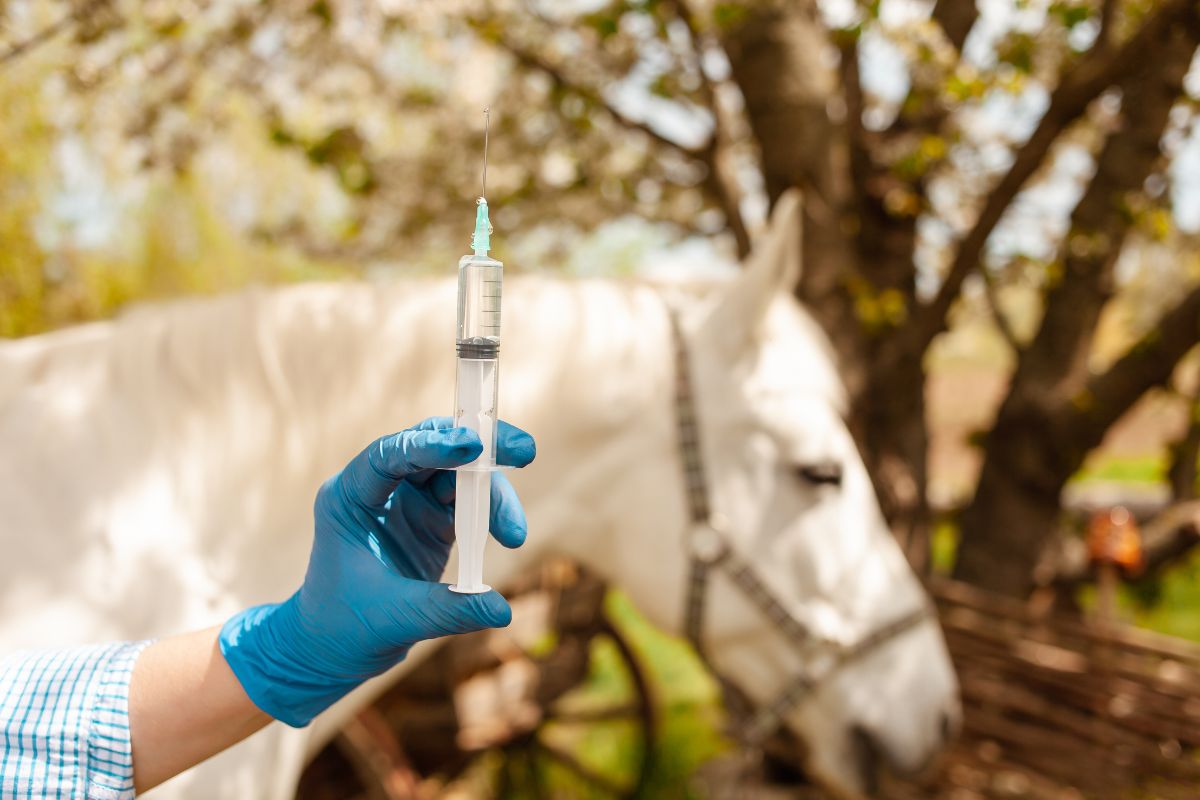What are Sarcoids in Horses?
Equine sarcoids are horses’ most frequent cutaneous tumor structures, accounting for more than half of equine skin neoplasms. Sarcoids in horses share the characteristics of papillomas and sarcomas. But they differ from the former because they rarely present spontaneous regression (like papillomas) and from sarcomas because they do not cause metastasis.
Its clinical behavior is aggressive due to its ability to infiltrate adjacent structures.

The Causes of Equine Sarcoids
The exact etiology is unknown. But, the main suspicion is that bovine papillomavirus type 1 and 2 (BVP1 and BVP2) causes sarcoidosis in horses. The prevalence of BPV type 1 or 2 relates to geographic location, with BPV type 1 being more prevalent in Europe and Australia, as opposed to the United States and Canada, where BPV type 2 is more prevalent.
Equine sarcoids affect horses, donkeys, mules, and zebras. It occurs in equids of both sexes and of different ages, usually between three and 12 years, with a peak at seven years of age. Although the disease can affect horses of all breeds, a certain predisposition has shown up in Quarter Horses, Appaloosas, Thoroughbreds, Haflingers, and Arabians and is less common in Standardbreds.
Predisposing factors that play an important role in the appearance of equine sarcoid:
- Trauma at the cutaneous level predisposes to sarcoid growth on these. There may be a history of wounds three to six months before the observation of sarcoid.
- The body areas most susceptible to trauma are the most affected: distal limbs, ventral abdomen, and muzzle.
- The appearance of sarcoids in different individuals of a group of horses living together is consistent examples of many cases with an infectious origin linked to the transmission of the virus between them, either through fomites (objects, water troughs, etc.) or hematophagous insects (horseflies, mosquitoes, etc.).
- The animal must suffer from immunodeficiency for the pathology to develop.
What do Sarcoids in Horses Look Like?
They are superficial masses covered with skin. They can vary in size and appear as single or multiples. They are not pruritic and do not cause pain.
They appear on any body area but occur most often on the head (especially on the ears, corners of the lips, and periocular area), neck, distal extremities, ventral region of the abdomen, groin, and axillae.
According to their macroscopic appearance and behavior, there are six types: occult, verrucous, nodular, fibroblastic, mixed, and malignant.
To diagnose sarcoids in horses, paying attention to the clinical appearance of the lesions is very important. The presence of tumors with characteristics of several types of sarcoid in an individual makes the diagnosis simple because there is no other pathology with the same range of clinical presentations.
To confirm the clinical diagnosis, the veterinarian has two options. The first is to get dandruff or epithelial desquamations of sarcoid, skin smears, or hair roots, both from the lesion and from the edges of the lesion, for further DNA extraction and polymerase chain reaction (PCR) assay specific for BPV-1 or BPV-2.
By identifying the presence of viral DNA, there is a high probability that the lesion is a true sarcoid. The second option in the case of a tumor is to take a sample of the affected tissue (biopsy) for later histopathological examination.
Yet, in the specific case of equine sarcoids, there is a high risk of exacerbation of the lesion and recurrence or transformation to a more aggressive type. Thus, biopsies are a contraindication in equine sarcoids.
The only confirmatory test to reach a definitive diagnosis is the histopathological study of the mass. The mass removal must be complete and accompanied by wide margins of healthy tissue.
The Main Types of Equine Sarcoids
Occult Sarcoids in Horses
It is the mildest and most superficial type in areas with little hair. They are slow growing and may remain static for years. But, at any time, conversion into sarcoids of another type may be possible, with or without evident injury.
Verrucous Sarcoid
The lesions are like a “wart.” They can have a pedunculate or wide base with a cauliflower shape. Verrucous sarcoids are slow growing and rarely become aggressive if uninjured. As with other sarcoid forms, they can become much more invasive sarcoids when injured.
Nodular (Subcutaneous) Sarcoid
Large, firm, well-defined masses. There are two recognized subtypes:
- Type A, with no cutaneous involvement, where the skin moves free over the nodule, which is generally spherical.
- Type B, where the skin has variable involvement.
This kind of sarcoid is prone to fibroblastic transformation, presenting a rapid growth of a more malignant form after traumatic interference or self-inflicted trauma.
Fibroblastic Sarcoid
They are fleshy, with a vascular appearance, elevated and ulcerated with local infiltration, and they present infection or myiasis very often. There are two subtypes of fibroblastic sarcoid:
- Type 1, pedunculated with a narrow neck and a large fleshy mass.
- Type 2 has a broad base and often extensive dermal and subdermal extensions.
Fibroblastic sarcoids may develop on their own or appear when other forms of sarcoid undergo some form of trauma. Despite their aggressive appearance, they cannot metastasize but can spread into the dermis through local invasion.
Mixed Sarcoid
It may include two or more of the above sarcoid types. These mixtures occur as a result of biopsies or lesions.
Malignant Sarcoid
It is the least common form of presentation and involves aggressive and invasive tumors that proliferate fast. Malignant sarcoids exhibit a high growth rate and high recurrence after surgical excision, tending to develop due to repeated trauma (e.g., surgery).
How to Treat Sarcoids in Horses Naturally
Xxterra® Herbal Cream is a natural herbal formulation that combines bloodroot with Zinc. It is a novel, simple and fast treatment. It consists of applying the cream on the sarcoid and surrounding tissue daily for five-seven days. It is an excellent alternative topical treatment for hidden and verrucous sarcoids, being very effective.
Bloodroot contains sanguinarine, chelerythrine, and protopine, all alkaloids. These alkaloids are well-known as potent chemotherapeutic agents. Zinc supports the proper functioning of the immune system.
The latter and the alkaloids act by altering tumor antigenicity, resulting in the death of neoplastic cells while leaving the surrounding healthy tissue intact. Horse sarcoid cream Xxterra® produces tumor cell death by stimulating the horse’s immune system to provoke a sarcoid immune rejection reaction.
The tumor detaches, and the tissue recovers in approximately 20 to 30 days without scarring.

Medical Sarcoid Treatment in Horses
No effective universal treatment exists, and the therapeutic alternatives currently described vary. The choice of a suitable treatment for each case is different and will depend on several factors:
- The type of sarcoid (and its pathological behavior)
- The location of the lesion
- The extent of the sarcoid
- The duration of the lesion
- Previous therapeutic attempts
- The horse’s relative value compared to the treatment cost
- The owner’s compliance
- The horse’s compliance
- Available facilities and logistics
Sarcoids on horses have two approaches: The first is observation without treatment in those small tumors that do not cause discomfort or pain to the horse and do not impede the use of the horse. The second approach is surgical excision alone or combined with other treatment alternatives.
Surgical Methods
Early and complete surgical excision is the mainstay of sarcoid treatment. When complete removal of the lesion fails, a tumor recurrence occurs, and it is more aggressive and requires extensive excision.
Carbon dioxide laser surgery can serve as an alternative to conventional surgery. Laser therapy of the equine sarcoid demonstrates a good postsurgical prognosis and a low recurrence rate.
Cryosurgery has been an effective surgical modality of sarcoid treatment in horses since it decreases the number of recurrences. The most popular method is a liquid nitrogen spray applied straight to the lesion.
Surgery in Combination With Other Modalities
Ozone Therapy
With bactericidal, viral, and fungicidal properties, this treatment has already shown remarkable results in cases of equine sarcoids. Ozone application can be systemic or local, depending on the disease.
The systemic application can be via hemotherapy or through the rectum. Local application is direct to the lesion, with ozone mixed with other substances such as bidistilled water, sunflower, corn, or olive oil.
Chemotherapy
Complete excision of the tumor is effective when combined with chemotherapy. The current chemotherapeutic of choice is cisplatin, available as intratumoral injections or biodegradable dextran beads placed into the post-surgical wound to prevent recurrence.
Electro-Chemotherapy
It improves the results of chemotherapy. The electrical treatment, after the application of cisplatin, increases the permeability of the cell membranes allowing much higher concentrations of the chemotherapeutic to penetrate the tumor cells, increasing its efficacy.
Antivirals
Acyclovir, a 5% ointment, for use as a single equine sarcoid topical treatment or after surgical tumor excision. The thinner the tumor, the better the antiviral treatment results, which suggests that the product has a limited ability to penetrate lesions thicker than .19 in (5 mm). Besides, this treatment has a long duration ranging from one month to several months.
Immunotherapy
Immunotherapy with commercial mycobacterial products (the Bacillus Calmette-Guerin -BCG vaccine-) has proven effective in treating periocular sarcoids. Post-injection inflammatory reactions are common, and it is advisable to administer flunixin meglumine and prednisolone 30 minutes before injecting the BCG vaccine to avoid anaphylactic reactions.
Another immunotherapy technique involves preparing an autologous vaccine from the individual’s tumor tissue. Equines receive three applications of this autovaccine at the axillary fold level at 15-day intervals.
Sarcoid Prevention
Researchers are focusing on developing safe vaccines for horses that induce a long-lasting specific immune response to reduce tumor burden, even in severe cases. A vaccine will likely be available shortly to prevent the occurrence of sarcoids in equines.

Wrapping Things Up
Equine sarcoids are a pathology with an unpredictable course, and there is no effective treatment on its own since there is a high probability of recurrence, and only the use of new combined therapeutic modalities allows for better results.
Educating owners and updating equine veterinarians is relevant since prevention, identification, and early treatment improve success rates.

